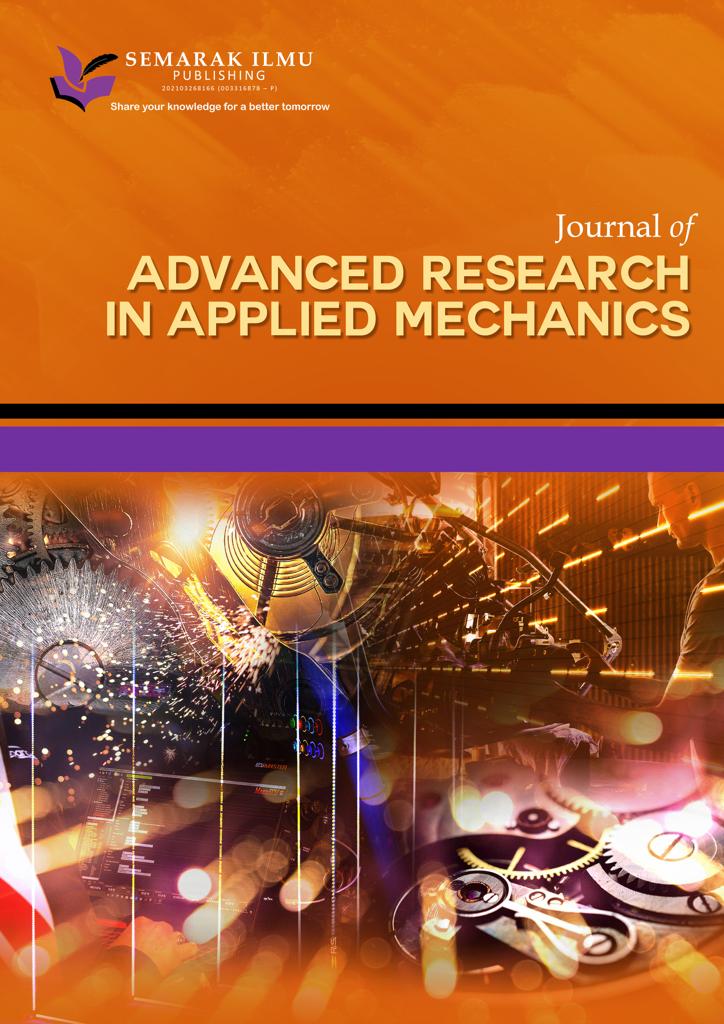Fostering Innovation in K-12 Education: A Systematic Review of the Integration of Design Thinking within Educational Technology
DOI:
https://doi.org/10.37934/araset.53.1.153174Keywords:
Design thinking, educational technology, edtech, K-12, innovation, student-centeredAbstract
Design Thinking has surfaced as a skill set as well as mindset phenomenon renowned for its problem-solving efficacy in the realms of business, engineering, and corporate endeavors. Nevertheless, the degree to which these skills and mindsets can be harnessed to benefit the field of Education, particularly within the domain of Educational Technology (edtech) at the K-12 educational level, warrants examination. In order to meet this inquiry, the present study conducts a Systematic Literature Review aimed at identifying potential gaps in applying Design Thinking principles within the sphere of Educational Technology, with the objective of making these principles accessible to all stakeholders involved in K-12 education. A comprehensive analysis encompassed 133 articles retrieved from SCOPUS as well as Web of Science (WoS) databases. Moreover, these articles underwent a thorough filtering process following the PRISMA Framework, including 32 articles for final-stage analysis. These 32 articles explored three overarching themes: (1) Design Thinking in education, (2) Student-Centered Learning Environments, and (3) Innovative Educational Technologies. In summation, Design Thinking possesses the potential to enhance the field of Educational Technology, equipping it with the requisite knowledge, skills, values, and mindset necessary to fortify 21st-century-oriented pedagogical practices for K-12 students. Furthermore, this research encourages subsequent investigations by fellow scholars to adapt and refine Design Thinking methodologies in facilitating creative and innovative approaches to Educational Technology and Science, Technology, Engineering, and Mathematics (STEM)-based instruction as well as learning within K-12 educational settings.
Downloads
























